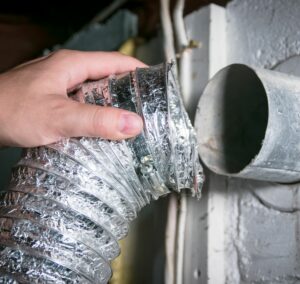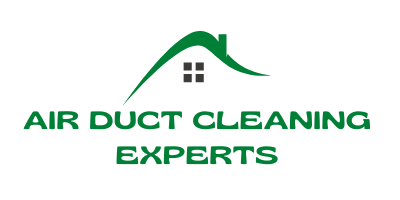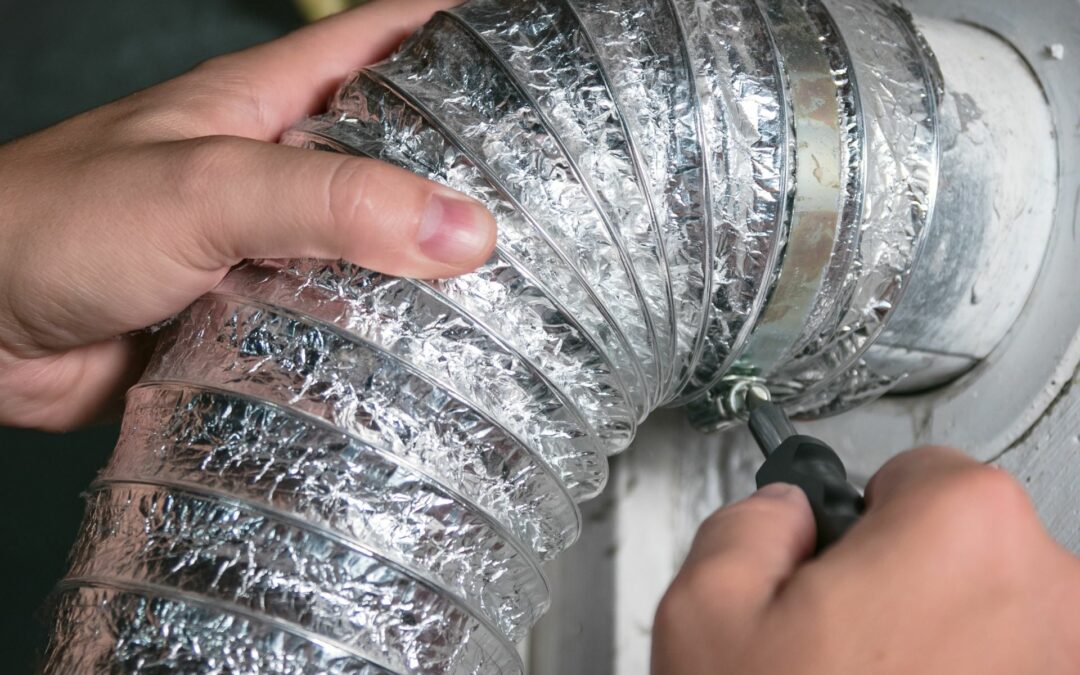Welcome to our comprehensive guide on dryer vent systems and their crucial role in maintaining a safe, efficient, and cost-effective home environment. While often overlooked, understanding the components and functioning of your dryer vent system is essential for preventing fire hazards, improving energy efficiency, and ensuring the longevity of your appliances. In this guide, we’ll delve into the workings of a dryer vent system, from the vent hood to the vent pipe, and explore why proper ventilation is paramount for safety and efficiency.

What is a Dryer Vent System?
A dryer vent system is an essential component of every household that has a dryer. It is responsible for removing the hot air, lint, and moisture produced by the drying process and venting them safely outside of the house. This prevents the accumulation of these elements in the laundry room, which can pose a fire hazard and lead to poor indoor air quality.
The main purpose of a dryer vent system is to ensure proper ventilation and prevent the buildup of heat and moisture. Without a functioning vent system, the hot air and moisture generated by the dryer can linger in the laundry room, creating an environment prone to mold and mildew growth.
Additionally, the accumulation of lint in the vent can restrict airflow, causing the dryer to work less efficiently and increasing the risk of a fire. Therefore, it is crucial to understand the components and functioning of a dryer vent system to ensure its proper operation and maintenance.
How Does a Dryer Vent System Work?
A dryer vent system is an essential component of every household dryer. It plays a crucial role in removing hot, humid air and lint from the dryer and directing it outside. This system operates through a simple yet effective mechanism that ensures proper ventilation.
The main working principle of a dryer vent system is airflow. When you turn on your dryer, it produces hot air that needs to be exhausted outside. This hot air, along with the moisture and lint generated from drying your clothes, is pushed through the dryer vent system. The system consists of various components, such as the vent hood, transition duct, and vent pipe, that work together to facilitate the airflow.
The vent hood is usually located on an exterior wall or roof of your home. Its primary function is to provide an exit point for the hot air and lint expelled from the dryer. The vent hood is designed in such a way that it prevents any backdrafts, keeping not only the hot air but also pests and debris from entering your home.
The transition duct connects the dryer to the vent pipe. This flexible duct allows for easier installation and ensures a secure connection. It plays a vital role in maintaining the airflow as it transports the hot air and lint from the dryer to the vent pipe, ensuring a smooth and efficient process.
Lastly, the vent pipe is responsible for safely carrying the hot air and lint outside the house. It is typically made of rigid metal or flexible aluminum, providing a durable and reliable pathway for the exhaust. The length and configuration of the vent pipe may vary depending on the layout of your home and the distance between the dryer and the vent hood.
Understanding how a dryer vent system works is essential for homeowners to ensure its proper functioning. A well-maintained system not only improves the efficiency of your dryer but also reduces the risk of fire hazards caused by lint buildup. So, it’s essential to regularly clean and inspect your dryer vent system to keep it running smoothly and safely.
Understanding the Vent Hood and Its Function
The vent hood is an essential component of the dryer vent system that plays a vital role in ensuring proper ventilation. Its function is to act as a barrier between the outside environment and the inside of your home, preventing any debris, pests, or unwanted elements from entering the vent pipe. The vent hood also serves as a safeguard against backdrafts, which can occur when air flows in the wrong direction, potentially leading to hazardous situations.
To perform its function effectively, the vent hood is designed with a flapper or louver mechanism. This mechanism acts as a gate, allowing air and moisture to exit the vent pipe while preventing anything from entering. The flapper or louvers are engineered to open when the dryer is in use, allowing the hot air and moisture to escape, and close when the dryer is idle to prevent any outside elements from infiltrating the system.
Ensuring that the vent hood is properly installed and functioning is crucial for maintaining the efficiency and safety of your dryer vent system. A damaged or malfunctioning vent hood can lead to a variety of issues, such as restricted airflow, lint buildup, increased energy consumption, and even the risk of fires. Regular inspections and maintenance are necessary to address any potential problems promptly and ensure that the vent hood continues to perform its function effectively.
The Role of the Transition Duct
The transition duct plays a crucial role in the overall functionality of a dryer vent system. It is the flexible tube that connects the dryer to the main vent pipe or exhaust hood. This duct serves as a pathway for the hot air and moisture generated by the dryer to escape outside.
One of the main purposes of the transition duct is to ensure that the hot air is properly directed out of the dryer and away from the living space. This is essential for preventing the accumulation of heat, humidity, and lint in the laundry room, which can pose a fire hazard. The flexibility of the duct allows for easy installation and enables the dryer to be positioned in various locations within the home.
However, it is important to use a high-quality and durable transition duct to avoid restrictions or blockages that can hinder proper airflow and increase the risk of overheating. Additionally, regular inspection and maintenance of the transition duct are crucial to prevent wear and tear, as well as to address any potential leaks or disconnections.
Exploring the Vent Pipe
One crucial component of a dryer vent system is the vent pipe. This pipe is responsible for carrying the hot air and moisture from the dryer to the outside of the house. It is typically made of aluminum or galvanized steel and comes in various lengths and diameters to accommodate different installation requirements.
The vent pipe is connected to the back of the dryer and extends through the walls or ceiling to reach the exterior of the building. It is important to ensure that the vent pipe is properly insulated to prevent condensation and any potential fire hazards.
Additionally, the pipe should be as straight and short as possible to allow for efficient airflow and minimize the risk of lint buildup. Regular inspection and cleaning of the vent pipe are essential to maintain its functionality and prevent blockages that can lead to dryer inefficiency and potential safety issues.
Why Ventilation is Crucial for Safety
In the world of household appliances, we often neglect to consider the importance of proper ventilation. But when it comes to dryer vent systems, ensuring proper ventilation is crucial for safety. You may wonder why ventilation is such a critical factor in using a dryer, but let me enlighten you.
First and foremost, proper ventilation allows for the quick and efficient removal of hot air and moisture from the dryer. Without it, these elements can build up inside the dryer vent system, leading to potential hazards. Excessive heat can cause the dryer to overheat, increasing the risk of a fire.
On the other hand, excess moisture can result in the growth of mold and mildew, not to mention unpleasant odors. Therefore, by ensuring adequate ventilation, you can protect your home from potential fire hazards and maintain a safe and healthy living environment.
Call Us For Excellent Dryer Vent Services
Ready to optimize your dryer’s performance and safeguard your home? Take the first step towards a safer and more efficient laundry experience by scheduling a professional inspection and maintenance of your dryer vent system today at Air Duct Cleaning Experts. Contact us today for a safer, healthier home environment.

